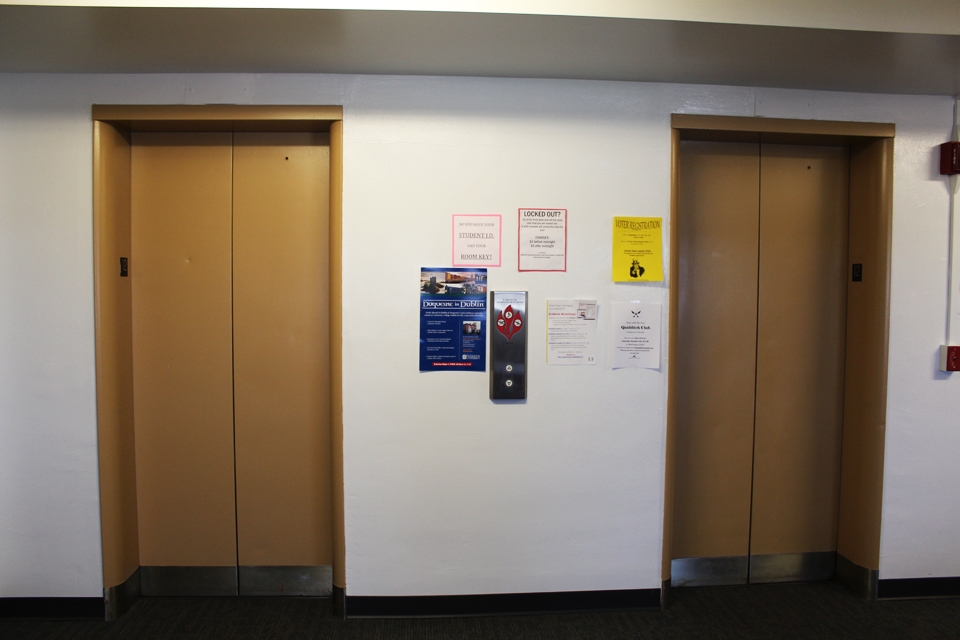02/11/2021
Mohammad Sajjad | Staff Columnist
My mother recently asked me to help her find a location where she could receive the COVID-19 vaccine. Not being tech savvy, she sent me a link a friend had forwarded to her and asked me to investigate.
After about half an hour of researching, I found out that despite being eligible to receive the vaccine, there were no locations within a reasonable distance where she could even get on a waitlist, let alone schedule an appointment.
Vaccine rollout over the past couple of months has gone slower than we hoped. While many of us are frustrated, what else did we expect? Vaccinating an entire country is no easy task.
Demand for the vaccine was at an unprecedented high after a year of our lives was turned upside down. Getting the American people vaccinated was not made any easier, given that there was no plan for distribution by the previous administration, according to a Biden official.
Despite the current administration’s initiative in distributing the vaccine, how can we further improve vaccination rates among Americans? The answer may lie at your local, independent pharmacy. While the Biden administration has pledged to make more shots available at chain and independent pharmacies, there needs to be more emphasis on getting the vaccine to the latter.
Regardless of the time of year, chain pharmacies are constantly busy with the number of prescriptions they fill and shots they administer. When the vaccine becomes widely available, their workload will only intensify.
Independent pharmacies can work to offset any potential backup larger pharmacies may experience. Locally-owned pharmacies usually have shorter wait times and have less administrative burden that comes with working at a larger company.
There is no doubt that major retail chains serve large portions of the community. However, there are areas they cannot reach. These gaps in service can be filled by independent pharmacies. Not only are locally-owned pharmacies deeply connected with their communities, but they also have the capability of vaccinating patients in their homes, as opposed to clinics held by local health departments.
As Christina Barrille, Executive Director of the Virginia Pharmacists Association, puts it, “[Independent pharmacies] have a different relationship with their patient population.” If we do not prioritize getting the vaccine to independent pharmacies, many areas across the U.S. won’t be served, and many individuals will be left wondering when they will get the vaccine.
Another reason vaccine rollout has been slower than anticipated is people’s hesitation in receiving the vaccine. Long before COVID-19, people have been skeptical of vaccines and mistrust their use.
If anyone were to convince people otherwise, however, it would be independent pharmacies. Since their relationship with the community is strong and they are a trusted entity, locally-owned pharmacies have the ability to encourage community members to get vaccinated.
In addition, there are more opportunities for patients to have one-on-one consultations with their pharmacist at independent pharmacies, which will only ease concerns patients may have.
Although vaccine rollout has been slow in many parts of the country, there are states that are ahead of the curve. West Virginia, for example, has administered 85% of its delivered doses, which is second in the country behind North Dakota.
Officials say that because West Virginia has relied on independent drug stores, instead of activating a federal partnership with CVS and Walgreens, they have been able to administer more of their doses.
On the other hand in Oklahoma, CVS and Walgreens have been sitting on 62,000 doses of the vaccine, doses that are meant to be administered to the state’s most vulnerable population.
While chain pharmacies outnumber their independent counterparts, locally-owned drug stores have the capability to accelerate distribution across the country. States should shift their focus to independent pharmacies and trust in their ability to get more people vaccinated.
States like West Virginia have set the example, and it’s up to the rest of us to decide if we’d like to follow suit.




